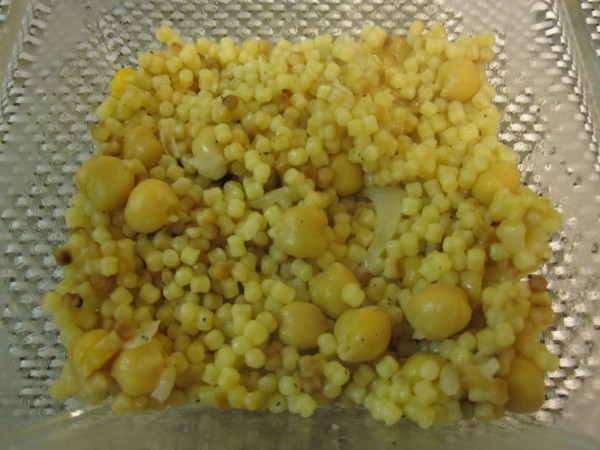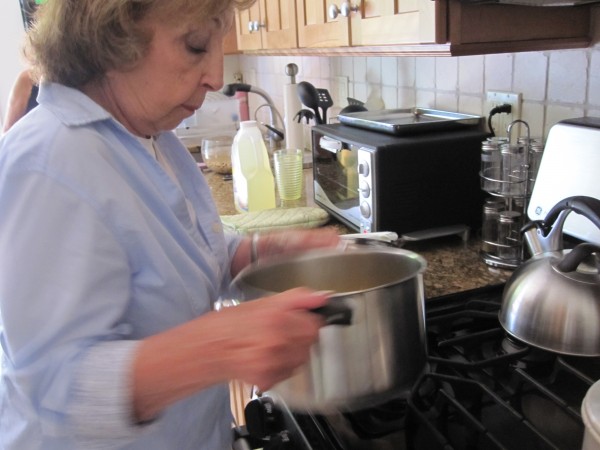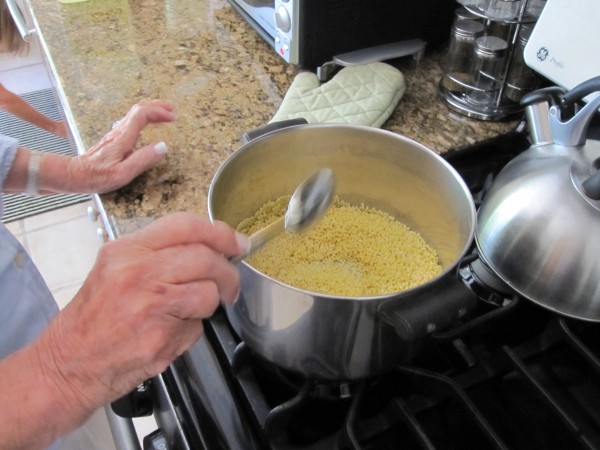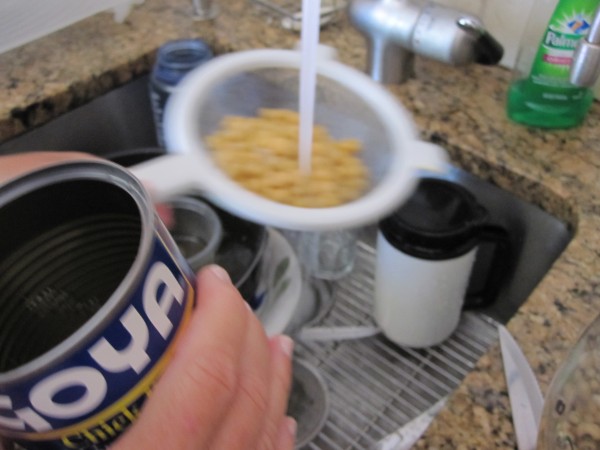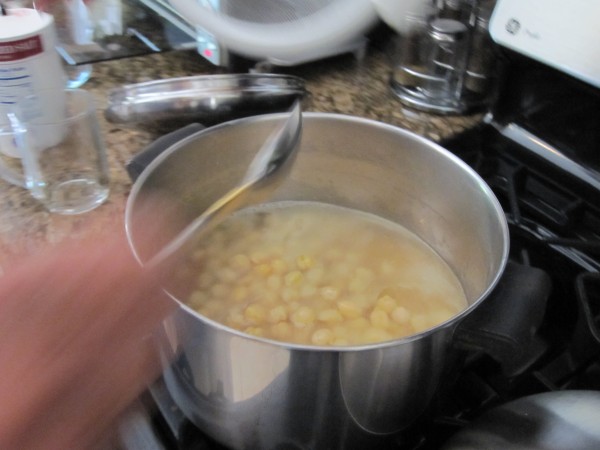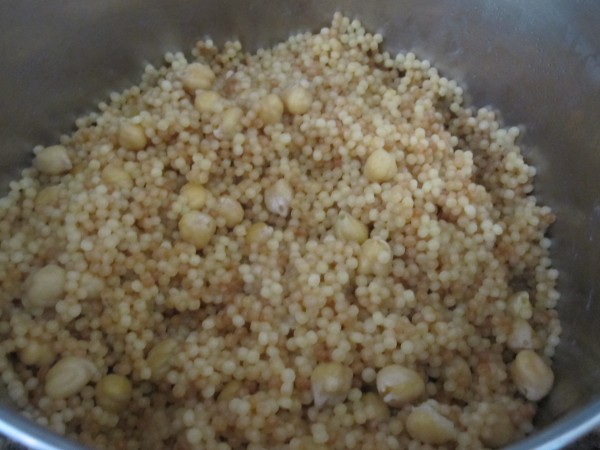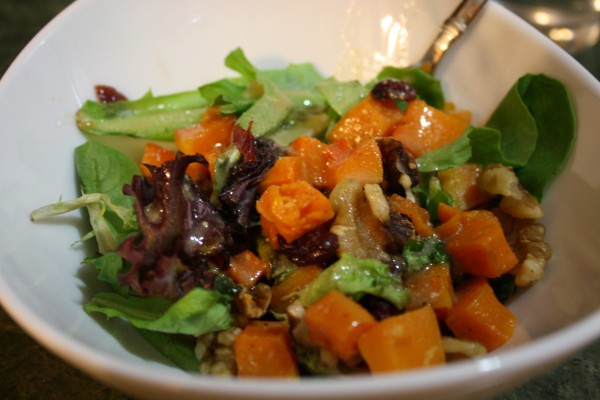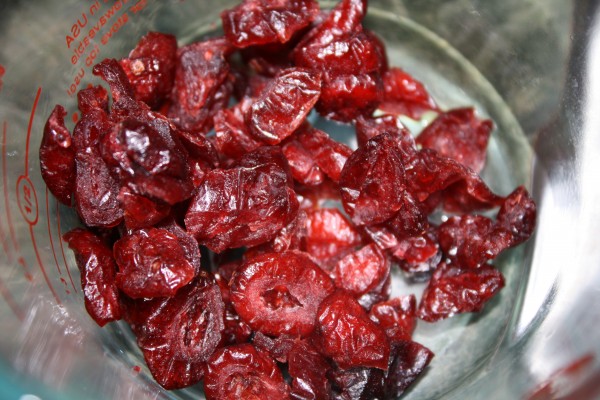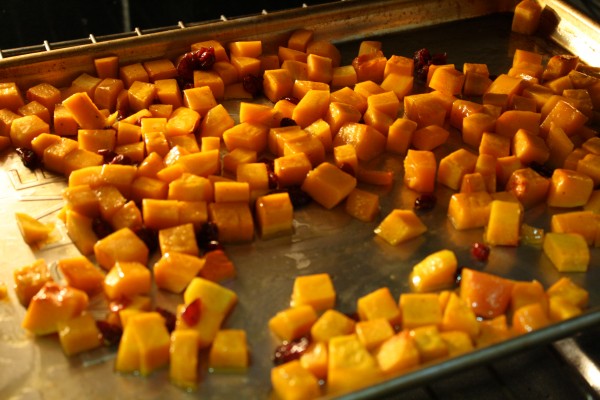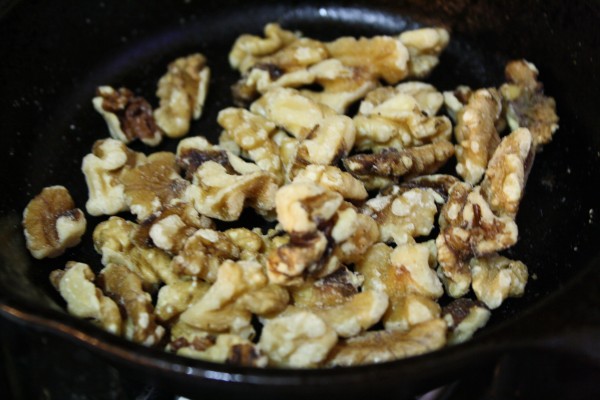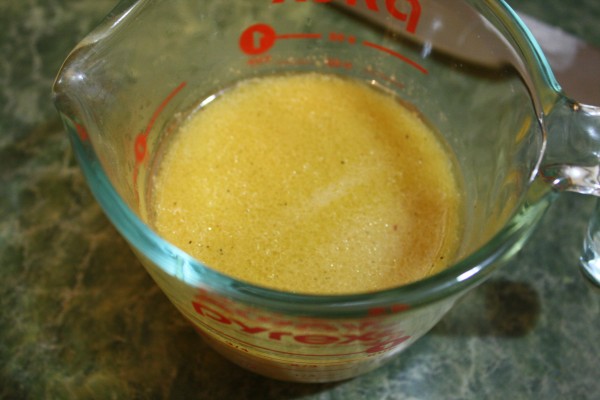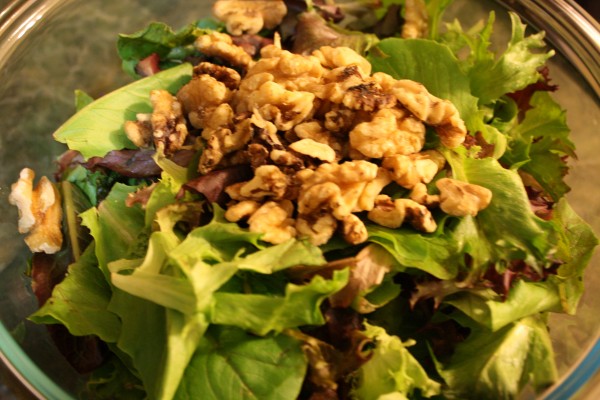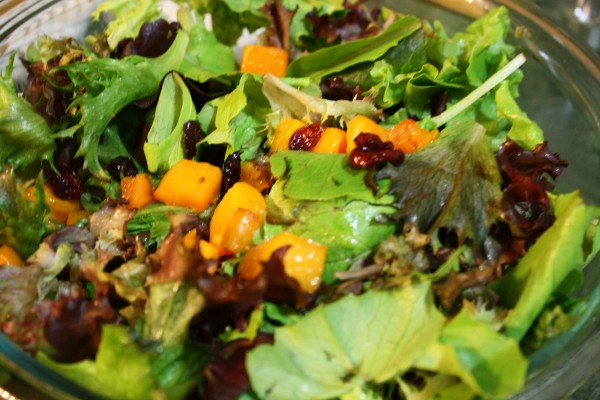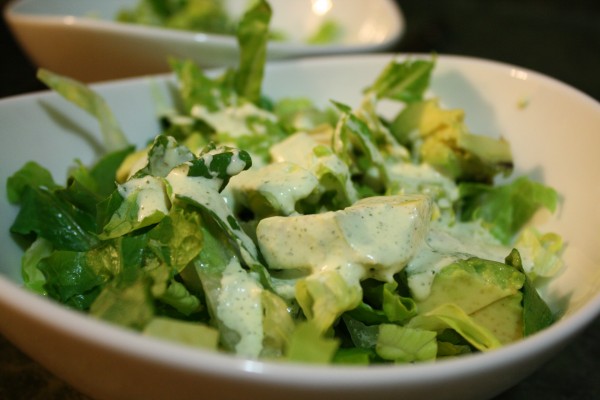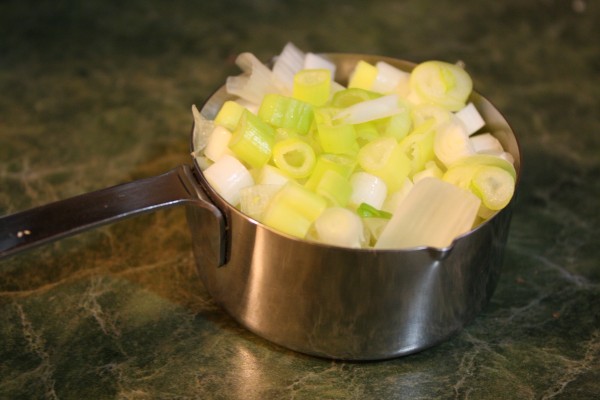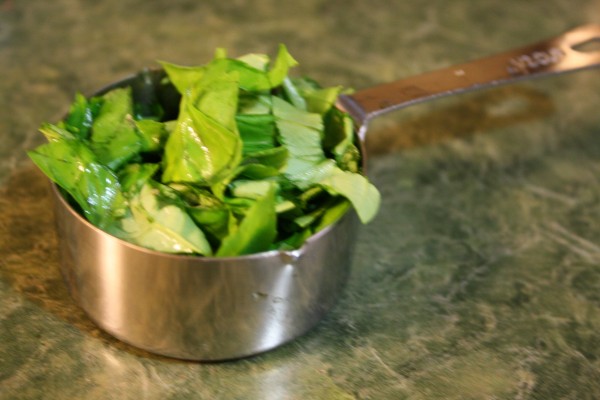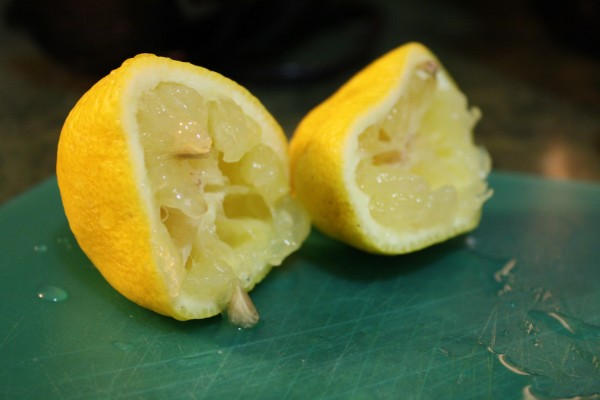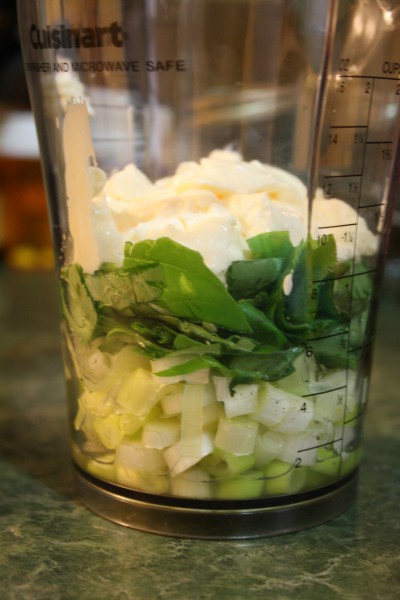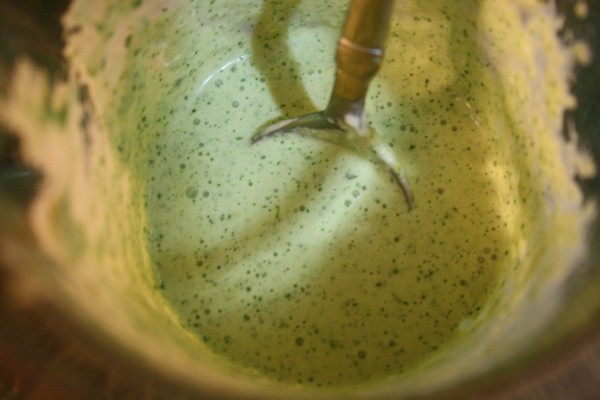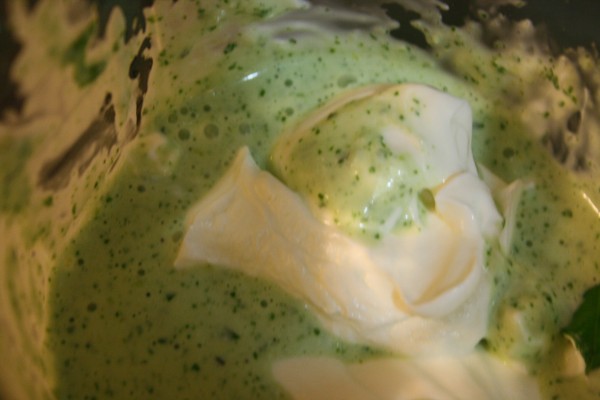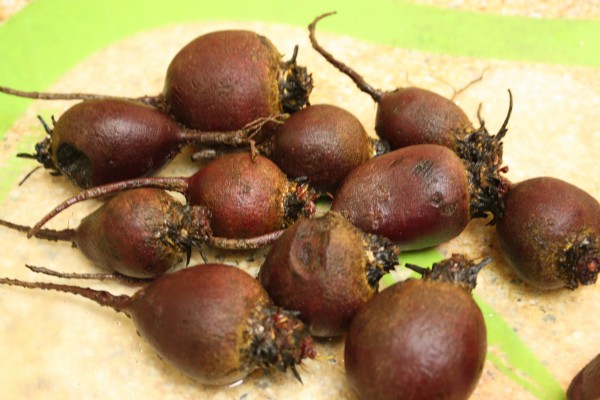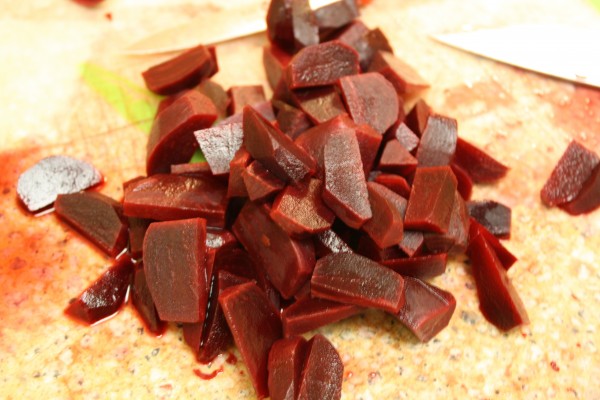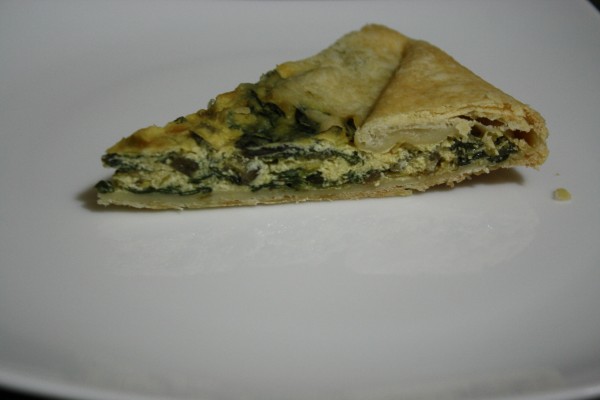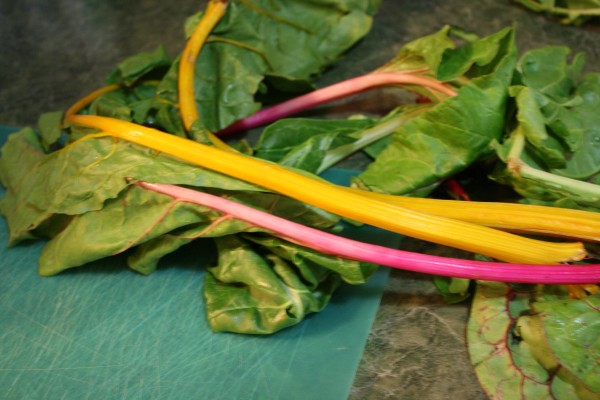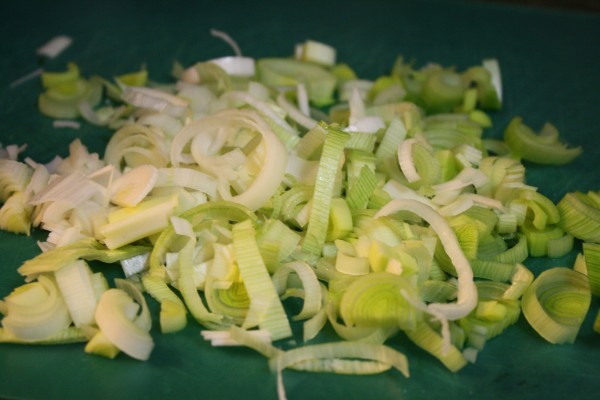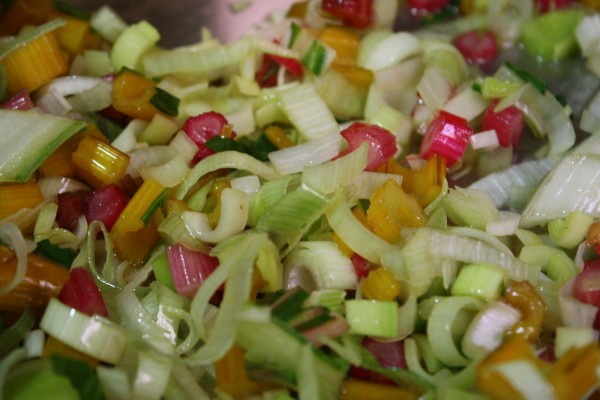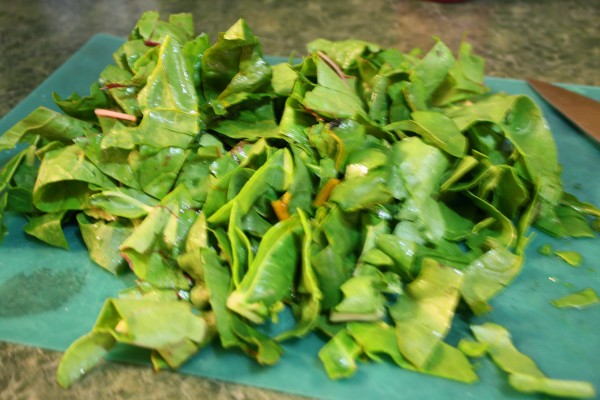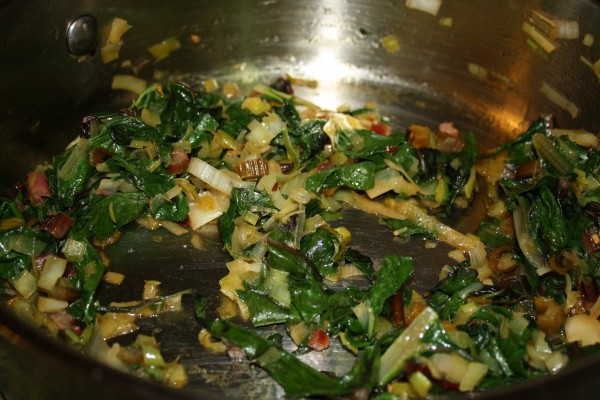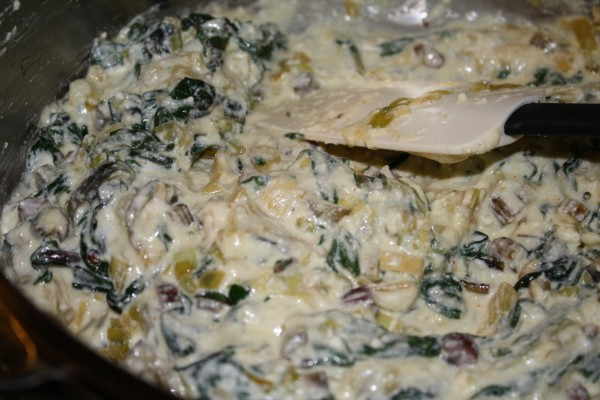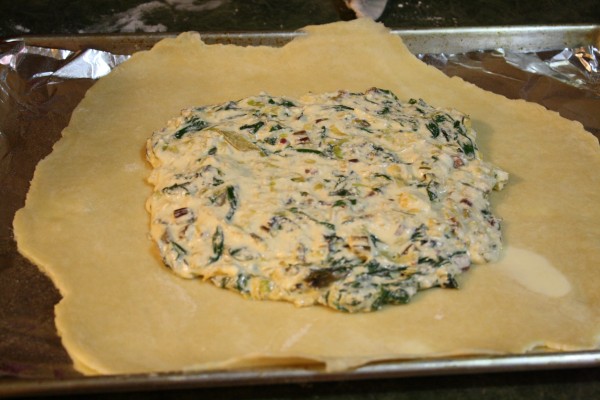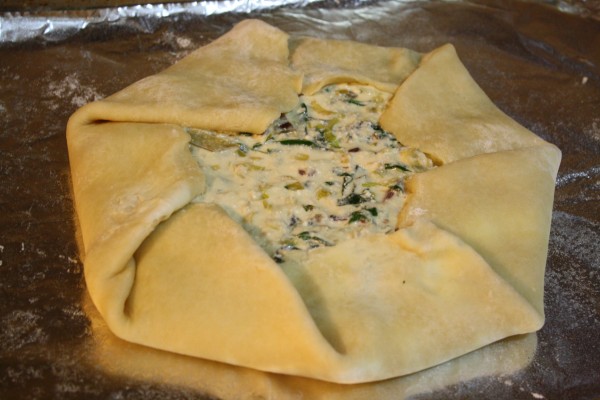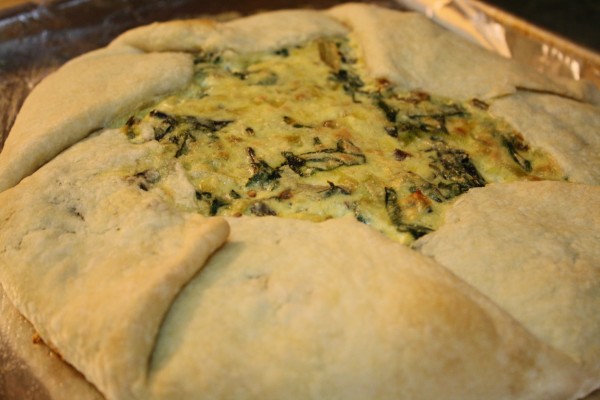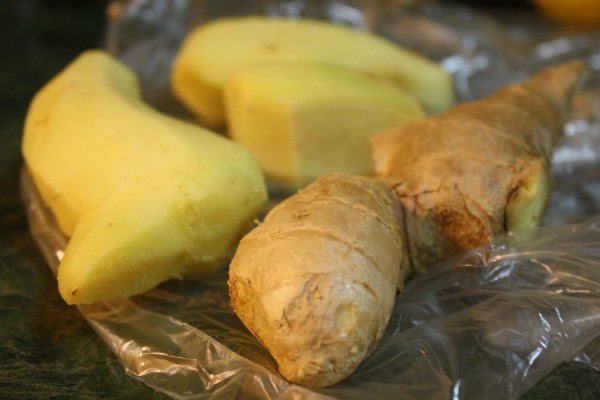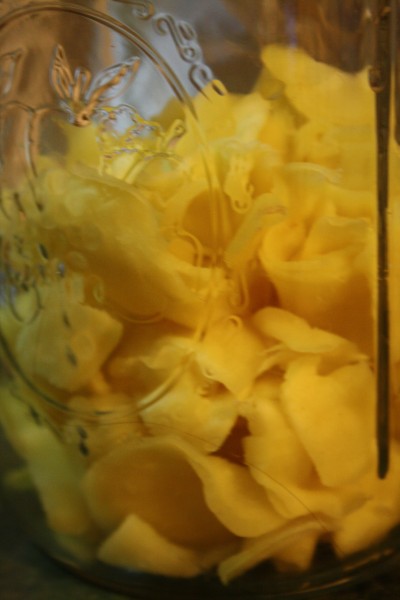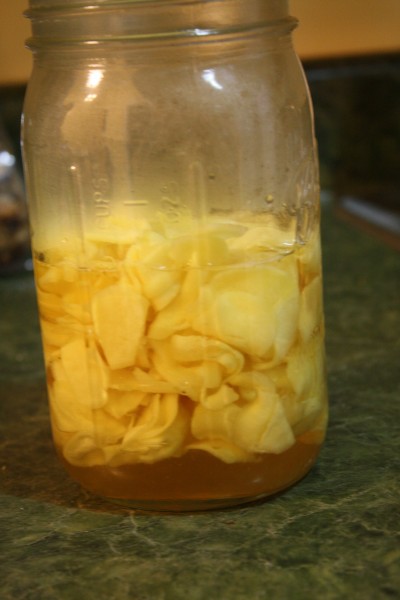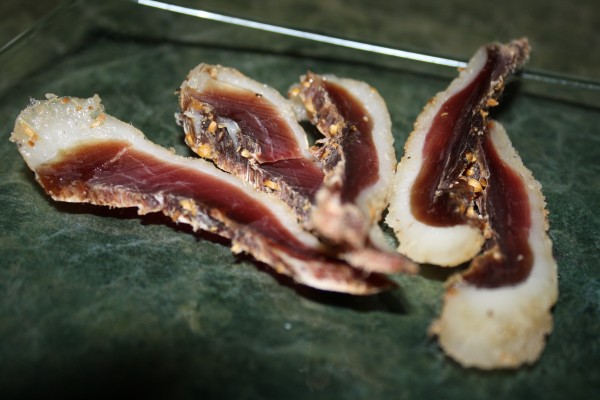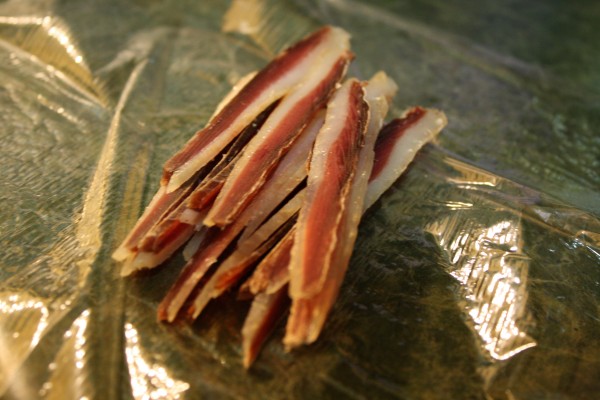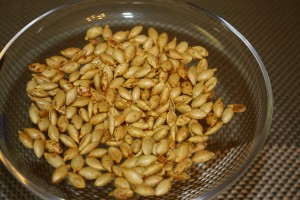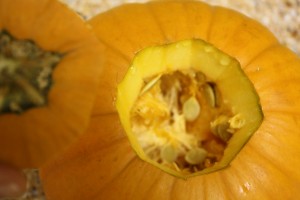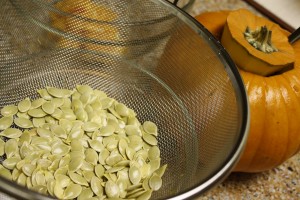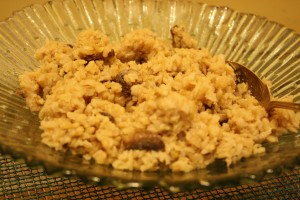Here’s something you should definitely put on your Shabbat menu for tonight: Keskesoon is not a complicated dish. In fact, it’s really just a pasta dish with chick peas in it. But no one makes it better than Grandma Sally, which is why we invited her to our kitchen JUST to make her specialty.
As you will see, the ingredient list isn’t so extensive. You probably have everything on hand, except maybe the teeny pasta, which you will find in most supermarket pasta aisles. Never seen it before? You probably just glanced over it because you prefer little stars in your soup than these crazy peppercorn shaped pastas. These are much better. The secret to this dish is toasting the pasta before adding the water. It adds a nutty flavor that you don’t ever associate with pasta, but just works. It also makes some of the kernels browner than others, which makes it prettier on the plate, of course.
Keskesoon was always a Friday night and holiday staple in my Grandma’s house. We ate in in our chicken soup instead of rice. We put sauce and meatballs (and eggy-surprise!) over it. We used it as a base for our Hamud, peas and kibbe, and kibbe mushroom. Basically, you won’t run out of ways to eat this stuff. Some people even enjoy it plain, and why not?
My family really only eats this with meat meals. We always make it pareve, and with oil. When I consulted Deal Delights (the red one) for the recipe, I was surprised to find how different their recipe is from ours! Theirs calls for about 6 tablespoons of butter, and baking it in a dish with grated cheese on top – keskesoon, mac and cheese style, sounds awesome. They also spell it keskasoon. I guess since it’s not an English word there is no one proper way to spell it. One day I will have to try that version, but for now I’m sticking to our traditional way of eating and spelling. How does your family make keskesoon?
Keskesoon, recipe adapted from Grandma:
Ingredients:
- 1 box acini di pepe pasta, #44
- 4 tablespoons vegetable oil
- 1 can chick peas
- 3 1/2 cups water
- Salt
Directions:
1. Place a medium saucepan over medium heat and add the vegetable oil.
2. Open the can of chickpeas. Drain and rinse.
3. When the oil is hot, add the pasta. Swirl and mix, making sure each piece is coated in oil. Stir constantly until toasted.
4. Add the water and the chickpeas.
5. Bring to a boil, then lower, and simmer, covered, for about 15 minutes, until the water is absorbed.

